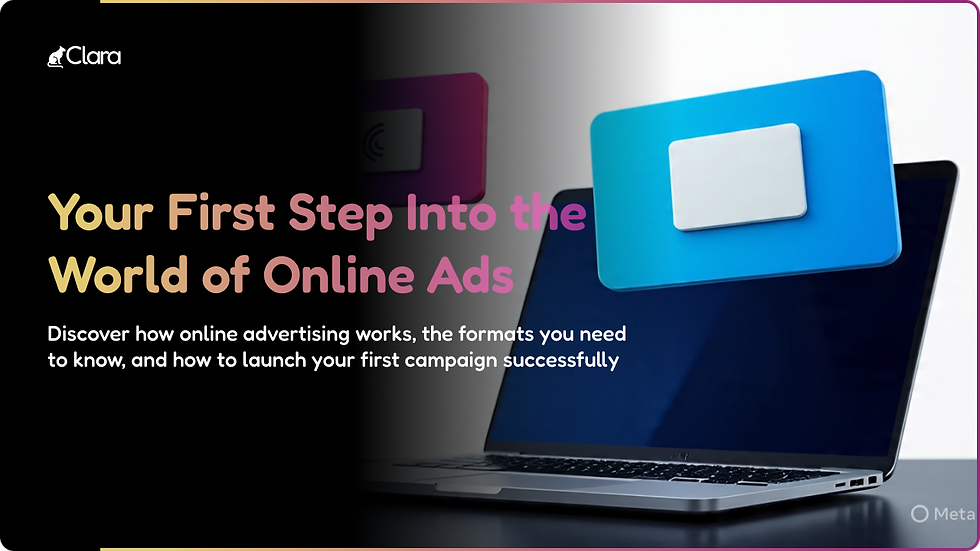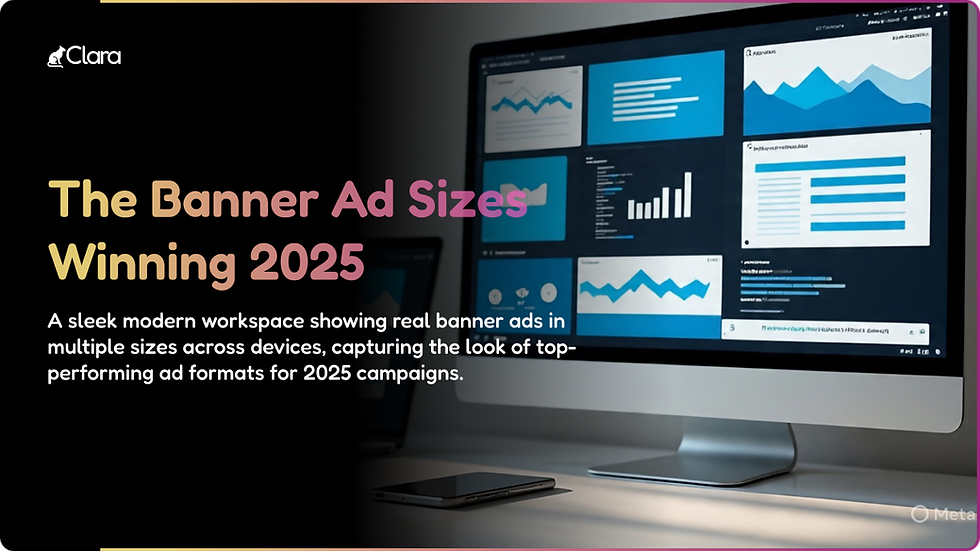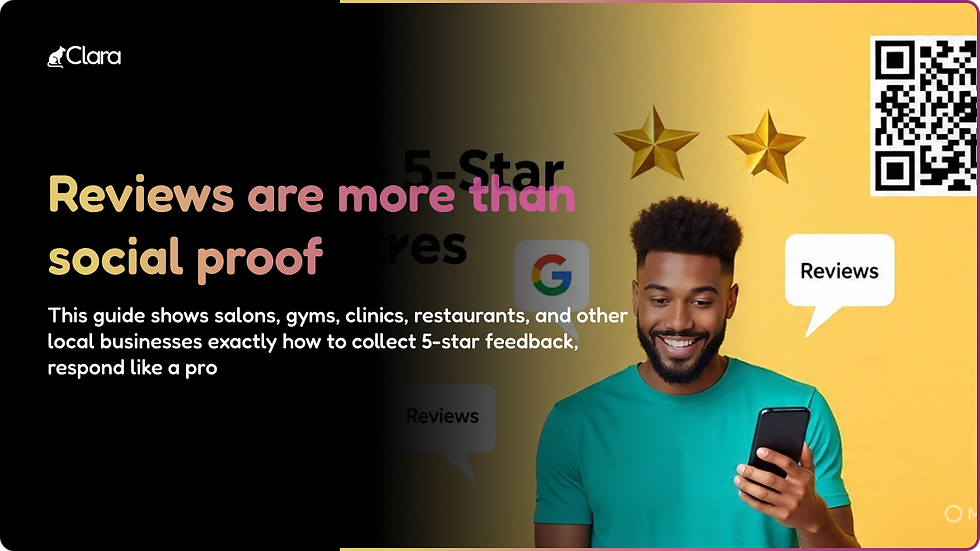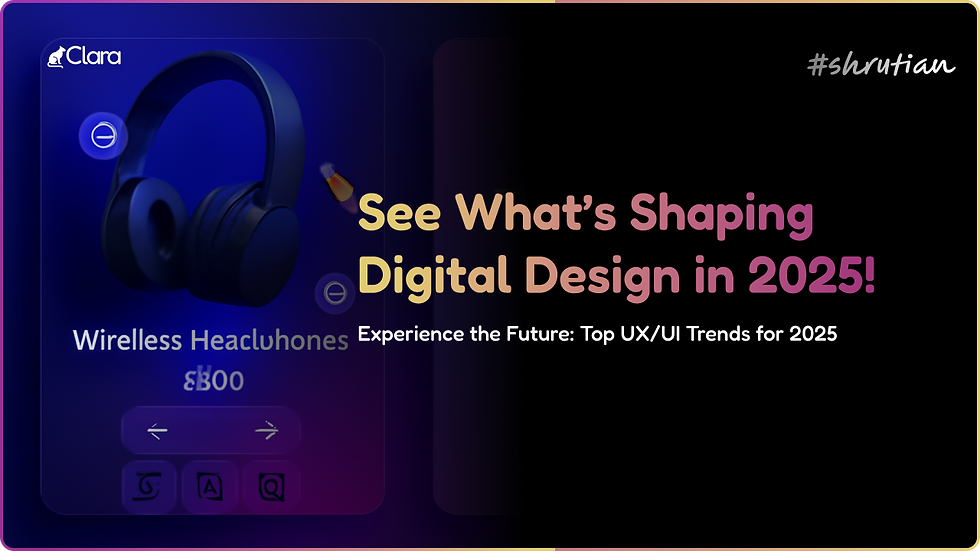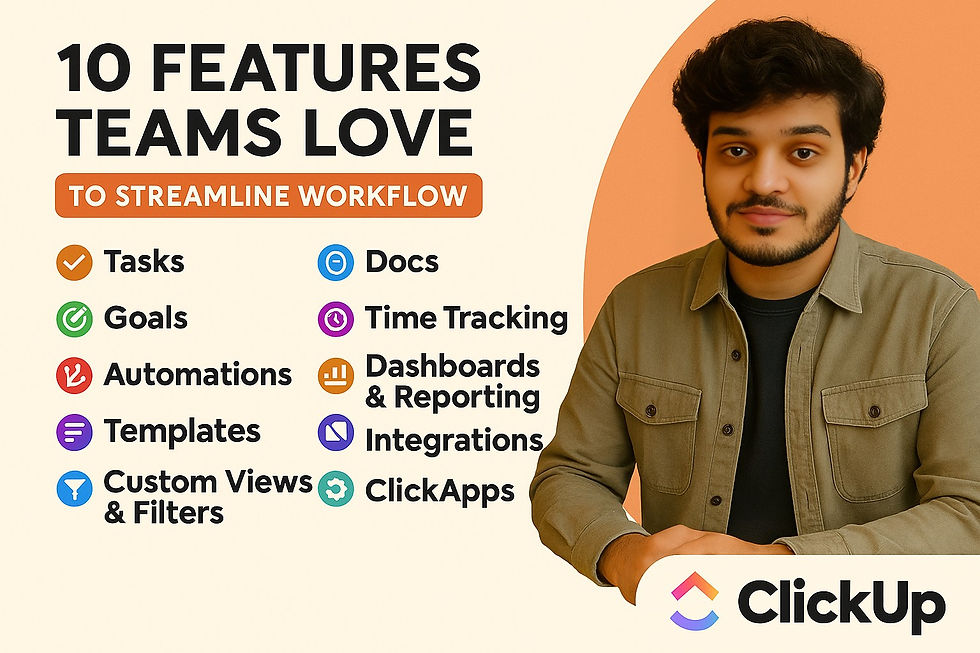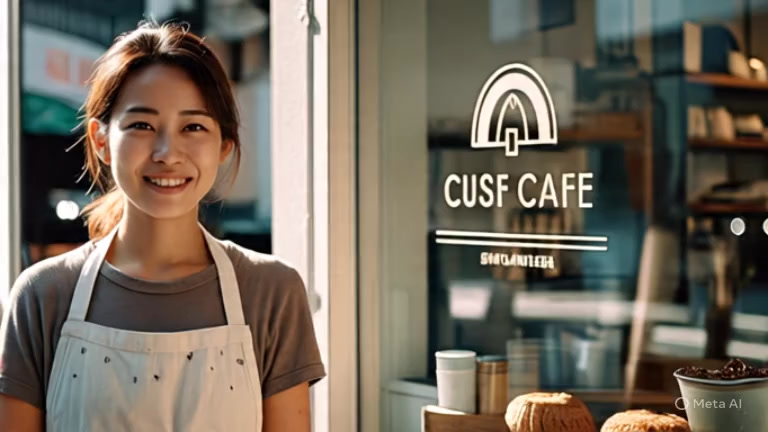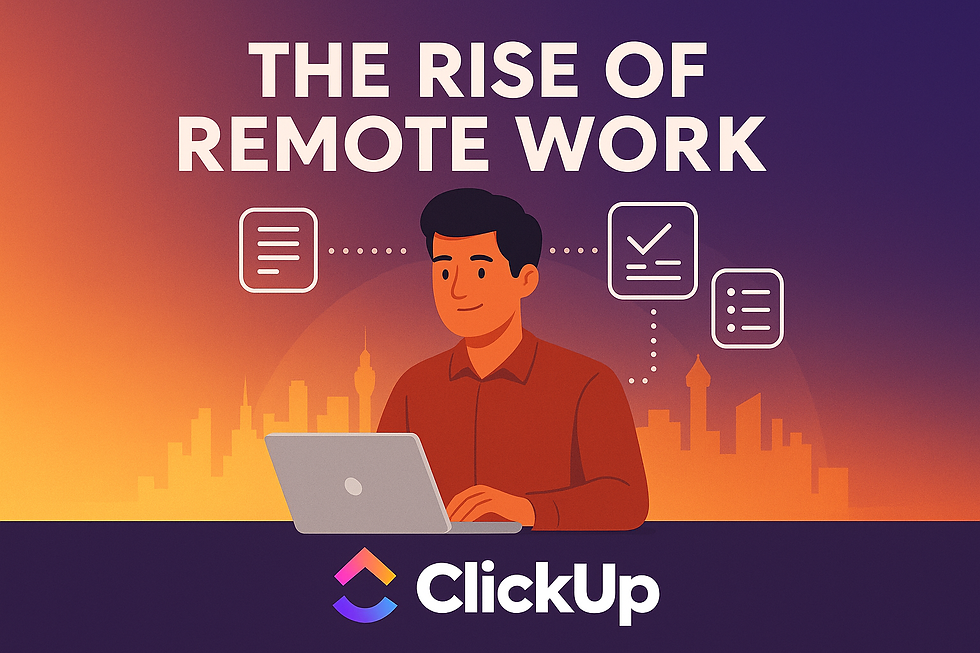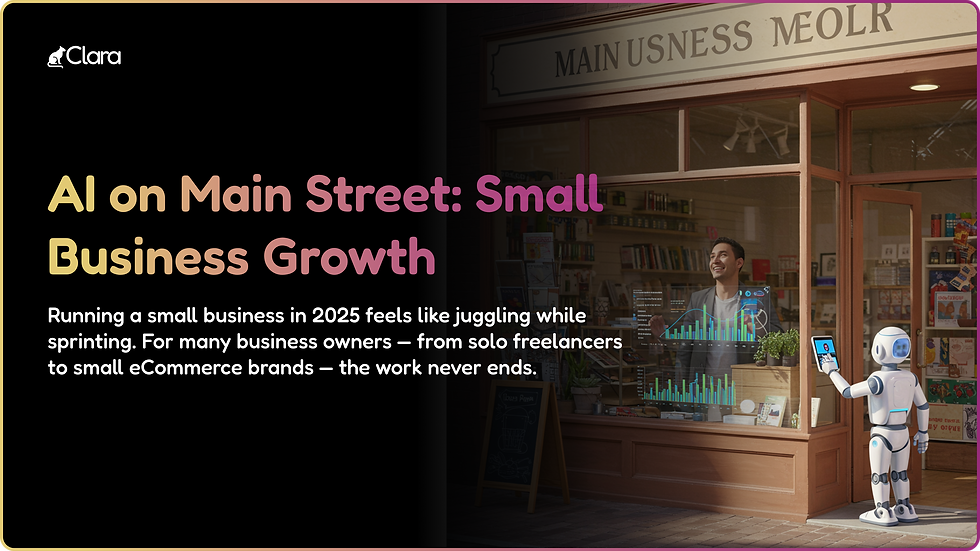- Dravya Bansal
- Jan 10, 2024
- 6 min read
Updated: Dec 19, 2024
Read this space to know more!
Can restaurants, cafes, or any other business run without social media today? No! Social Media Marketing has become more of a necessity than an option. Customers are present on social media 24*
7. Platforms like Instagram, Facebook, Twitter, and more impact their purchasing decisions. And they are too quick to form a perspective about a brand.
So, leveraging social media is a must, as it’s constantly evolving and allowing businesses to increase their reach and improve their social reputation.
The Importance of Social Media Marketing for Restaurants
1. Enhanced Brand Visibility:
Increased Reach: Social media platforms enable broader exposure, reaching a vast audience and potential customers.
Brand Recognition: Regular presence and engaging content help in establishing and reinforcing brand identity.
2. Direct Customer Engagement:
Interactive Communication: Platforms facilitate direct interaction with customers, fostering engagement and building relationships.
Feedback Mechanism: Restaurants can receive immediate feedback, enabling them to address concerns promptly and enhance service quality.
3. Showcasing Culinary Creations:
Visual Appeal: Posting enticing images and videos of delectable dishes entices potential customers, driving interest and visits.
Menu Promotion: Highlighting specialties, seasonal menus, and promotions entices followers to visit and try new offerings.
4. Influencer Partnerships:
Collaborative Marketing: Partnering with influencers amplifies brand visibility and credibility among their followers.
Authentic Recommendations: Influencers’ endorsements create genuine interest and trust, encouraging their followers to visit the restaurant.
5. Cost-effective Advertising:
Budget-friendly Campaigns: Social media advertising offers cost-effective options, allowing targeted ads based on demographics and interests.
Measurable Results: Detailed analytics provide insights into ad performance, facilitating adjustments for better ROI.
6. Competitive Edge:
Staying Relevant: Active social media presence ensures visibility among competitors and helps in staying current with industry trends.
Adaptability: Flexibility to adapt strategies based on trends and customer preferences keeps the brand agile and competitive.
Why Is Social Media Marketing Important For Restaurants?
Restaurants are using different restaurant marketing strategies in 2023 for multiple benefits. Marketing helps restaurants make customers aware of their delicious food and dining experience and gain a strong competitive edge. However, social media has topped all sorts of marketing in recent days.
The importance of social media can be judged by the fact that today, 63% of consumers use social media to find new restaurants or explore new menu items.
Undoubtedly, the restaurant industry has become more than just serving tempting food; it’s also about having a strong social media presence. Social media marketing has emerged as a powerful tool for restaurants to connect with their customers, boost brand awareness, and drive more foot traffic.
Here are the top 9 benefits of doing social media marketing for restaurants.
ALSO READ: Wix v/s SquareSpace for Restaurants
1. Enhancing Visual Appeal with Stunning Imagery
One of the most captivating aspects of social media is its visual nature. For years, people have always tried dishes by judging their visual appearance first. Because this is what captivates the audience. And social media platforms like Instagram, which are known for picture sharing, are levelling up visual marketing and pushing businesses to invest in it.
Restaurants can leverage this and capture their attention by posting high-quality images and videos of their tempting dishes, ambience, and behind-the-scenes moments. Investing in professional photography and videography can make your restaurant stand out, enticing potential customers with mouthwatering visuals. It is one of the best ways to do social media marketing for restaurants and gain a competitive edge.
2. Building an Engaged Online Community
One of the benefits of doing social media marketing for restaurants is engaging customers on social media. Social media platforms provide a space for restaurants to build a loyal and engaged following. Engaging with customers through comments, direct messages, and interactive content helps create a sense of community. It shows them you are not just here to promote your business but to build a long-term and meaningful relationship with them.
Regularly responding to customer feedback shows that you value their opinions and are committed to providing excellent service and gaining loyal and engaging customers on social media. Social media platforms can benefit your restaurant with this two-way communication without involving any cost. Because you are allowing your audience to ask questions and give feedback based on their experience.
3. Leveraging User-Generated Content
User-generated content (UGC) is a form of media like posts, comments, mentions, videos, and more, that is created and shared by customers on different channels like social media, discussion forums, etc. This type of content is more authentic because it’s unpaid information or feedback from customers.
Today, customers are more interested in information about a business from their peers because they trust their reviews and experiences over anything else. So, combining UGC content with social media marketing can have a significant impact on diners. You can create a UGC campaign on social media rewarding customers for sharing their experience with your restaurant. This will enhance your brand image and build stronger relationships with your customers.
4. Promoting Special Offers and Events
Your customers will not know about your offers and discounts if you don’t promote them. Leveraging social media marketing for restaurants is the best way to do the same. Social media is a fantastic platform for promoting special offers, events, and promotions.
It keeps your customers updated with your current offers and company updates. You can use Instagram marketing for restaurants to showcase limited-time menus, happy hour deals, and themed events. Creating a buzz around such promotions can attract a larger crowd and increase revenue.
5. Chance to Showcase Your Culinary Journey
People love listening to brand stories more than promotions. Through Instagram marketing for restaurants or other social media platforms, you can share the story behind your restaurant’s cuisine. Highlight the journey of sourcing ingredients, crafting recipes, and the passion that goes into each dish.
Customers appreciate authenticity and knowing the story behind their meals, making their dining experience more meaningful. Moreover, stories bring customers closer to your brand by evoking the right emotions.
6. Wider Reach Through Influencer Marketing
One of the key benefits of capitalising on social media marketing for restaurants is gaining a wider reach through social media influencers. Influencer marketing has become another buzzword in the industry. Every business, including restaurants and cafes, is partnering with different influencers based on their budget.
Collaborating with social media influencers who align with your restaurant’s brand can be a game-changer. Influencers can reach a wider audience and provide authentic reviews and recommendations, influencing their followers to visit your restaurant. Since your customers trust influencers more, they are more likely to visit your restaurant or try a dish based on their recommendations.
Leveraging influencer marketing for restaurant promotions can also improve your restaurant branding on social media and build credibility.
7. Cost-effective Marketing
Social media marketing for restaurants is generally more cost-effective than traditional marketing methods. Restaurants can create and share content, run targeted ads, and promote special offers without breaking the bank.
8. Gathering Valuable Customer Insights
Social media platforms offer valuable data and analytics tools. Through social media analytics for restaurants, you can track user engagement, demographics, and preferences. This data can help you tailor your menu, marketing strategies, and even the interior design of your restaurant to better suit your target audience.
Social media analytics for restaurants help you understand your customers’ preferences better. It allows you to take the right measures that can help you improve restaurant branding on social media and enhance your online reputation.
9. Drive Website Traffic
You can also drive traffic to your website by promoting it on social media. Sharing links to the restaurant’s website or online menu can help drive traffic and encourage online reservations or orders. Social media can act as a bridge between the restaurant’s digital presence and its physical location.
Want help with social media marketing for restaurants? Download this free 30-day social media calendar to start your restaurant’s social media marketing.
Final Thoughts
In conclusion, investing in social media marketing for restaurants is not just an option but a necessity in today’s competitive landscape. From stunning visuals to gaining engaging customers on social media and harnessing the power of influencer marketing, leveraging these benefits of social media can help restaurants thrive.
By embracing social media, restaurants can effectively connect with their audience, enhance their brand, and ultimately, fill their dining rooms with satisfied customers. So, if you own or manage a restaurant, it’s time to embrace the digital world and make social media marketing an integral part of your business strategy.




